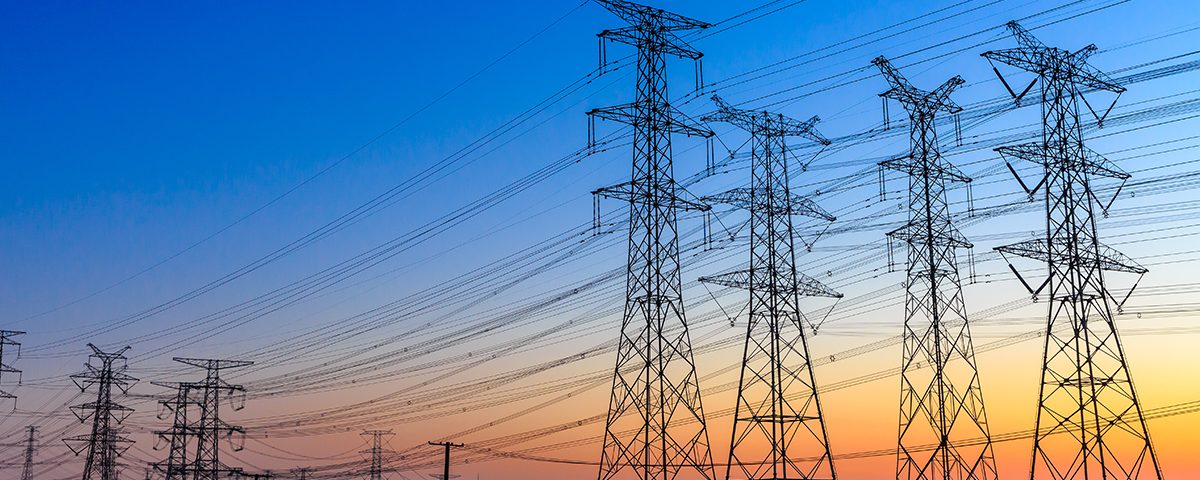Permitting Reform Key to Energy Infrastructure Development
CCUS Could Help California Meet Its Green Goals
October 30, 2020California, Germany Show Renewable Energy Targets May Do More Harm Than Good
November 13, 2020
“It’s the economy, stupid,” famously quipped colorful Democratic strategist James Carville when asked why then-Governor Bill Clinton would win the 1992 U.S. Presidential race. But when it comes to why much-needed natural gas, oil, and electric infrastructure projects aren’t being built in the U.S. today, a similar answer comes to mind: “It’s permitting, stupid.” The capital is there to upgrade and enhance America’s aging and inadequate infrastructure but permitting, and regulatory hurdles stand in the way.
As far back as 2017, during a hearing of the Senate Energy Committee, Senator Lisa Murkowski noted that “given the right investment climate,” private dollars would move from the sidelines to the playing field, helping to modernize and update aging U.S. energy infrastructure.
But what is the right investment climate? For starters, it’s the right regulatory climate. Too many crucial energy infrastructure projects are needlessly delayed due to regulatory roadblocks at the local, state, and federal levels. And often, if a much-needed energy infrastructure project eventually gets through the regulatory “red-tape,” it eventually gets blocked in federal court.
This is precisely what happened with the Dakota Access Pipeline, as we noted in our op-ed in the Des Moines Register this summer. On July 6th, a federal judge issued an order to vacate the pipeline’s federal permits and empty the pipeline of oil, pending a more comprehensive review of its permits. The pipeline delivers crude oil from North Dakota to Illinois via Iowa and eventually finds its way to refineries on the Gulf Coast. It is also fair to say the pipeline project has been through one of the most intense environmental reviews in history, acquiring more than 1,000 certificates, approval, and permits at local, state, and federal levels only to be blocked at the eleventh hour in federal court.
Environmental review is important, but has the pendulum swung too far to one side and to the detriment of upgrading our energy infrastructure? If you were to ask Warren Buffett that question, the answer would be “yes.” The reason? In Wyoming, his own Pacific Power had to wait 11 years, from 2007-2018, to get the necessary permits required under the National Environmental Policy Act (NEPA) to build the Gateway West high voltage transmission line from Glenrock Wyoming to Murphy, Idaho. This critical infrastructure project enhances overall electric reliability in the Intermountain West. It also could integrate up to 2,250 megawatts of wind energy, or enough power for about 1.5 million homes.
As we noted in Utility Dive in June, NEPA, signed into law by President Nixon on January 1, 1970, is the cornerstone of environmental law. At only six pages, it seems like a simple law. Unfortunately, over 50 years, this six-page law has mushroomed into thousands of pages of onerous regulations grounding many promising projects to a halt. Even opponents of NEPA reform like the Solar Energy Industries Association have lamented that “in our experience, environmental review of a proposed solar plant on public land can take three to five years…streamlining and expediting NEPA reviews could reduce costs and delays.”
Three years. Five years. A decade. Clearly, vital energy infrastructure projects have become bogged down in a regulatory swamp – a swamp not conducive to ensuring consumers have access to affordable and reliable energy. We should be proud of the many environmental safeguards we have in place, but we simply have to get energy infrastructure projects built faster. Our energy future depends on it.

